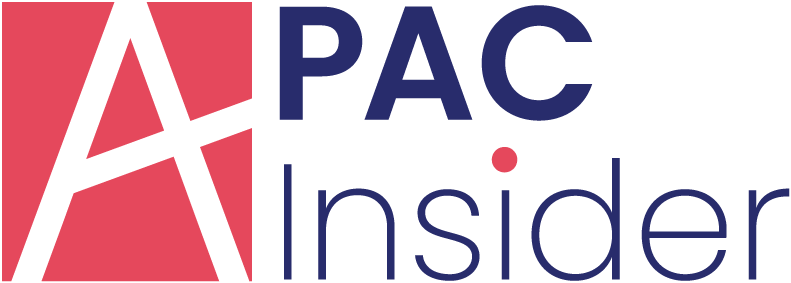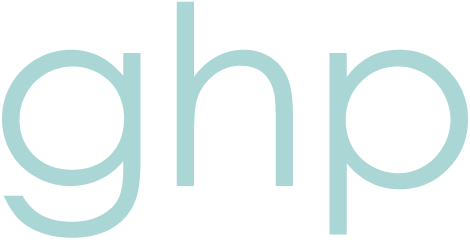
By Rafael S.Lajeunesse, co-founder and CEO of ReachX
In the ever-evolving world of trading technologies, one term has risen to prominence, leaving an indelible mark on the financial landscape: tokenization. This groundbreaking concept, weaving its influence across various sectors, particularly stands out in the realm of trading technologies. In this exploration, we’ll delve into the essence of tokenization, its impact on trading practices, and how it is reshaping our perceptions and participation in financial transactions.
Demystifying Tokenization
At its core, tokenization is the process of transforming real-world assets into digital tokens within the confines of a blockchain. For example, money, stocks, or bonds can be turned into tokens of the same value and then used on trading platforms.
These tokens represent ownership or a share in the underlying asset, making it divisible, tradable, and accessible in unprecedented ways. In the trading technologies arena, tokenization emerges as a transformative force, disrupting traditional financial systems.
What are the Advantages?
The primary advantage of tokenizing real-world-assets (RWA) lies in its ability to enhance liquidity and accessibility. Take Harbor, for example, a company that successfully tokenized real estate properties. Through tokenization, these properties become digital assets, enabling fractional ownership and broadening the investor base for high-value real estate transactions.
The concept rides on the coattails of blockchain, providing security and transparency in comparison to the analogue world. Each transaction leaves an indelible mark on an immutable and decentralised ledger, which in turn, reduces fraud risks and ensures a transparent and auditable trail. In the trading sector, where trust and security are paramount, this aspect becomes particularly compelling and increasingly attractive.
Within the realm of tokenized assets, security tokens emerge as a pivotal subset, representing ownership in traditional financial instruments like stocks, bonds, or real estate. An exemplary case is tZERO, a platform that facilitates the trading of security tokens, combining blockchain benefits with regulatory compliance.
Cost-effectiveness
Tokenization introduces cost efficiencies and automation by streamlining intricate processes within the trading ecosystem. Nasdaq’s use of blockchain technology for private market securities is a prime example. The platform leverages tokenization and smart contracts to automate compliance and settlement processes, reducing operational costs and minimising errors in the trading workflow.
Decentralising Finance
You may have heard about the rise of Decentralised Finance (DeFi), at its core it represents an ecosystem of financial applications leveraging blockchain. Tokenization forms the bedrock of DeFi, enabling users to participate in lending, borrowing, and trading without traditional intermediaries, allowing for more financial freedom and control. Compound, a decentralised lending platform, utilises tokenization to allow users to earn interest on their crypto assets or borrow tokens without the need for a central authority.
Dismantling Barriers
Tokenization dismantles barriers, fractionalized ownership and democratising access to diverse assets. TokenSoft, for instance, facilitates the issuance and management of tokenized securities, democratising the issuance process and reaching a broader investor base.
The interesting aspect of tokenization, is that it transcends traditional financial assets, extending its reach into the world of art. The collaboration between Maecenas and Etherscan allows iconic artworks to be tokenized and traded on the blockchain, democratising art ownership and opening doors for a broader audience.
Regulatory Challenges
While acknowledging its advantages, the widespread integration of tokenization brings forth a host of regulatory hurdles that demand a comprehensive review to unlock its utmost potential. One of the primary regulatory obstacles associated with tokenization involves determining its alignment with existing legal structures.
A groundbreaking collaboration between the UK Treasury, the Financial Conduct Authority (FCA), and investment giants like BlackRock marks a significant stride in the finance sector here in the UK. Announced within the Technology Working Group of the Asset Management Taskforce, the “UK Fund Tokenisation — A Blueprint for Implementation” report lays out a model for seamless integration of tokenization within existing regulations.
This model, intended for immediate adoption by firms, allows FCA-authorised funds to utilise tokenization for sales and redemption transactions, provided they meet specific criteria. These include holding mainstream investment assets and maintaining traditional valuation and settlement procedures.
The initiative follows UK Finance Minister Jeremy Hunt’s pledge to bolster the digital assets sector through the Digital Securities Sandbox initiative, slated to begin early this year. This initiative aims to facilitate the integration of digital assets into financial markets, distinct from the FCA’s Digital Sandbox, which aids companies in early-stage digital product development. The move underscores a concerted effort to foster innovation and efficiency in the financial landscape while ensuring compliance with regulatory standards and for many, is a huge step forward.
Tokenization’s Bright Future
As the tech matures and regulatory frameworks crystallise,the future appears bright for tokenization in trading technologies.
Like any transformative force or new digital tool, tokenization is not static but a dynamic and evolving technology. Its ongoing evolution holds the promise of unveiling new opportunities in trading technologies. Interoperability, standardisation, and regulatory clarity, though current challenges, serve as stepping stones towards a future where tokenization seamlessly integrates with existing financial infrastructures.
This evolution is poised to blur the boundaries between traditional and tokenized assets, creating a unified and interconnected financial ecosystem.
In conclusion, tokenization stands resolutely at the forefront of a financial revolution, reshaping how we conceive and engage with financial assets in trading technologies. Beyond mere convenience and efficiency, its influence permeates the very core of the financial landscape.
As we navigate this transformative wave, the potential for tokenization to redefine finance isn’t just a possibility; it is an inevitability, marking an ongoing narrative that shapes the future of finance with each innovation and challenge encountered.
One thing that’s certainly clear is this digital tool is not a passing fad or trend and will reshape the financial assets landscape and the financial security markets, as BlackRock’s CEO, Larry Fink states; ‘I believe the next generation for markets and next generation for securities will be tokenization of securities.’
























